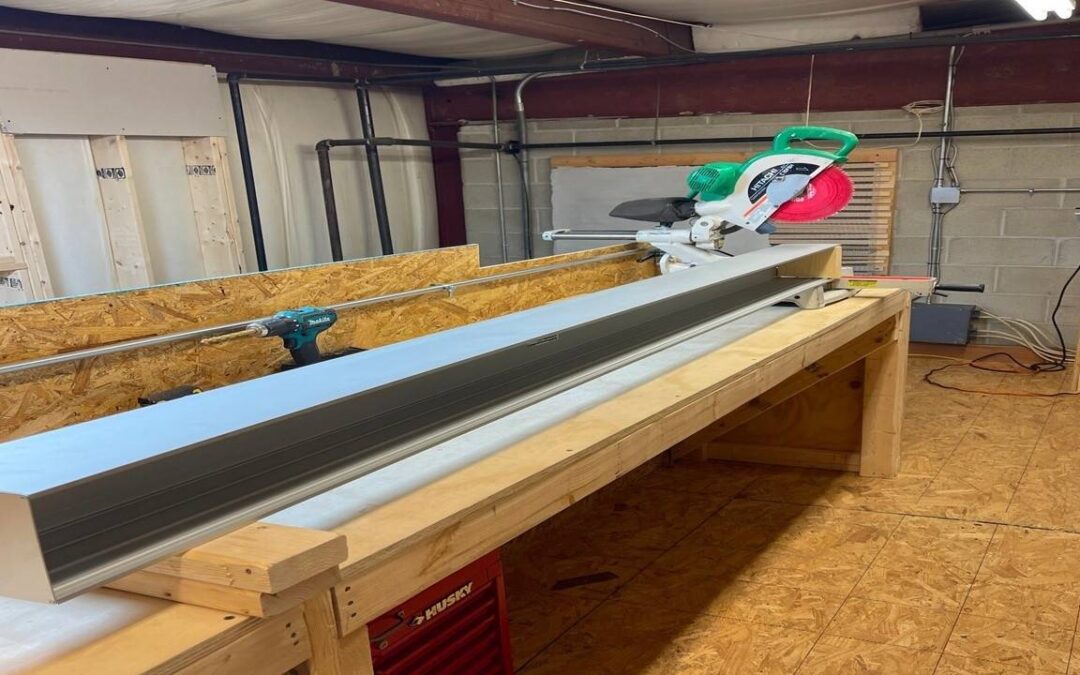Time and time again, I see window-covering dealers and workrooms hurting their bottom line. Worse yet, they also risk their reputation and the company’s opportunity to impress a client by providing a terrible experience. As the old saying goes, the devil is in the details.
Here’s an example (true story): I received an email from a dealer requesting the installation of four motorized roller shades with cassettes. The paperwork provided the name of the rooms, window sizes, and client’s contact info. I was able to determine that one window was super tall (160” long) by reading the paperwork.
Mistake #1 – No photos were provided to help visualize the project.
The product arrived and I scheduled the installation soon after. I had my helper with me that day to spot the ladder for the tall window.
Once we arrived at the location, I could sense that it would be an interesting day! It was not a regular residence. Instead, this location was an old brick building used for a factory and now converted into lofts. There was absolutely nothing standard about the job.
Mistake #2 – Not providing as much info as possible to your installer to help him/her prepare for the unexpected.
I brought a 20’ extension ladder for the tall window which proved to be (not the most ideal) equipment. Due to the uniqueness of the building, the 24’ ladder, which I left at my shop, would be best for the installation. After 2 hours and lots of struggles, that shade was finally installed.
Window number #2 measured 96 x 85. Not a big deal right? Except … the bottom of the window started at 60” from the floor. Consequently, that opening required a high ladder too.
Furthermore, due to the width of the window, ideally, I should have brought two ladders for me and my helper. However, the worst part was yet to come: the shade did not fit at the top of the window. The window opening was wider at the bottom (where the salesperson took the measurements for the order).
Mistake #3 – Measure a window in at least 3 spots.
The third window was unique. The builder built a mezzanine to serve as the bedroom. However, the height of the mezzanine landed in the middle of the window in the kitchen area. Something I have never seen before. To give you a better picture of the situation: the lower half of the window is visible from the kitchen and the upper half is visible from the bedroom (mezzanine). The space was extremely tight to perform the installation.
Windows 3 and 4 also did not fit at the top of their openings. Again, the measurements were taken using the bottom of the window openings.
After 4 long hours, only one shade was installed and 3 units had to be brought back to the shop to be cut down. The return trip is scheduled for next week.
All in all, it was a bad experience for me (the installer), the dealer, and the client.
The whole ordeal could have been avoided if the salesperson had requested a second visit for the installer to confirm sizes.
After 15+ years in the field, I have seen many situations that could be easily avoided (and tons of money saved) if the following simple tips were implemented:
- The most important one: have the installer remeasure the site before placing the order. Please read The Insurance Policy blog where I list several reasons why having an installer confirm sizes and look for potential problems.
- Measure the window in (at least) 3 spots for height and width. This is even more crucial when the windows don’t have wood casing.
- If the windows are deep, take your measurements where the treatment is going to be mounted (flushed with the wall or close to the glass).
- For hard-to-reach locations, consider a laser device and extension pole instead of the tape measure. This will allow you to measure exactly where it needs to be.
- Take pictures and make notes. There is no such thing as having too much information.
- Confirm that the installer has the proper equipment for the installation.
Every dealer is excited to close a sale and every client cannot wait to get their products installed. Adding a delay for the re-measure can be frustrating. However, fixing mistakes that could be potentially avoided by having a second set of eyes before proceeding is priceless.
DISCUSSION: Do you have any horror stories about jobs that went really bad due to poor measuring? If you are an installer, do you have any tips about avoiding mistakes/distractions while measuring? Send your comments here.

